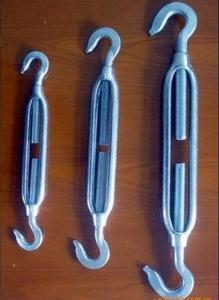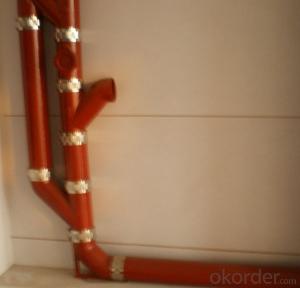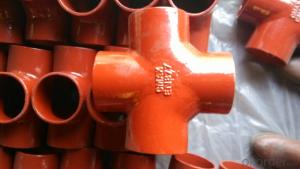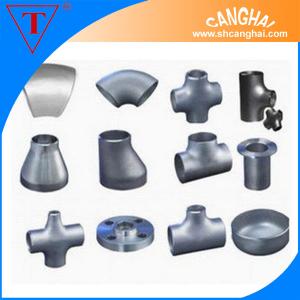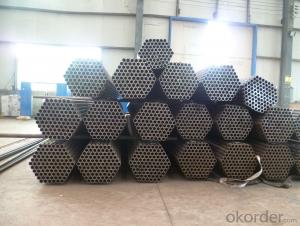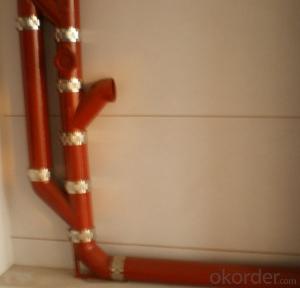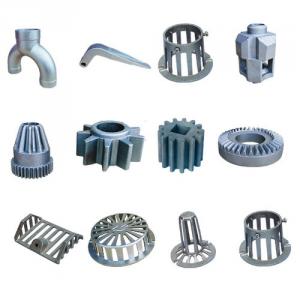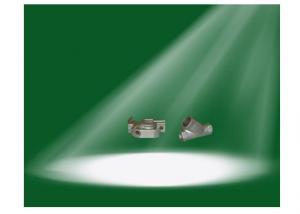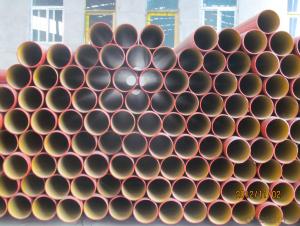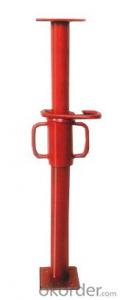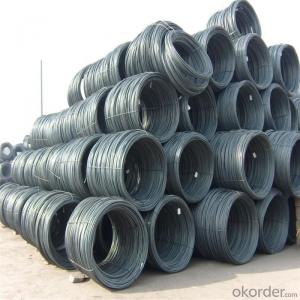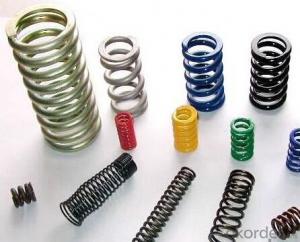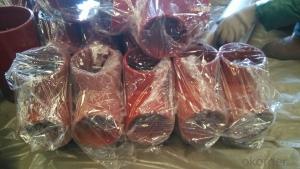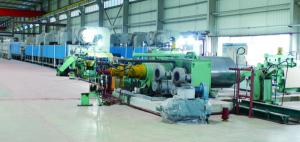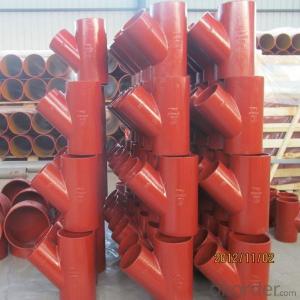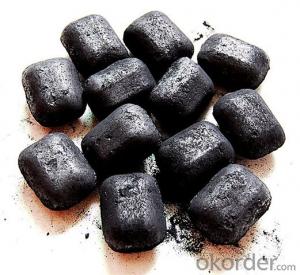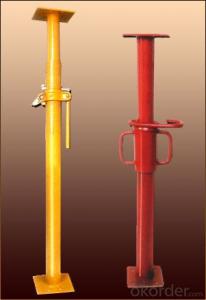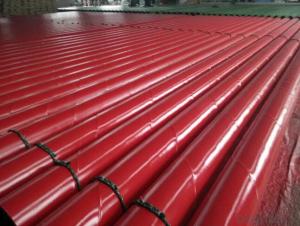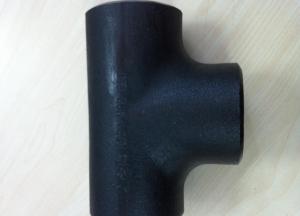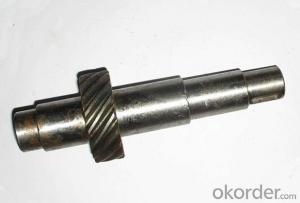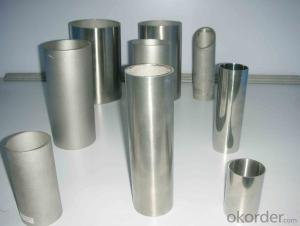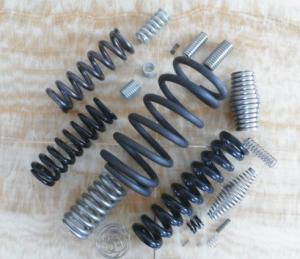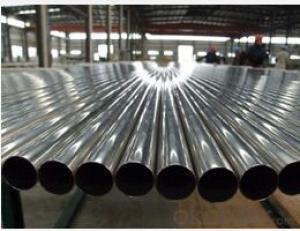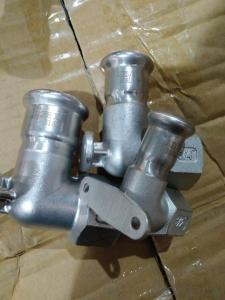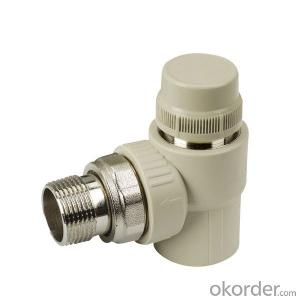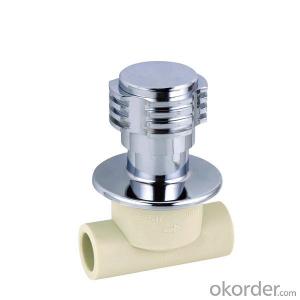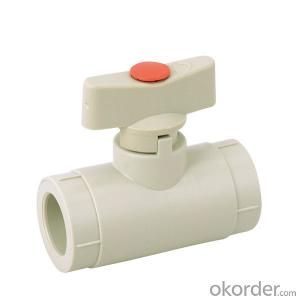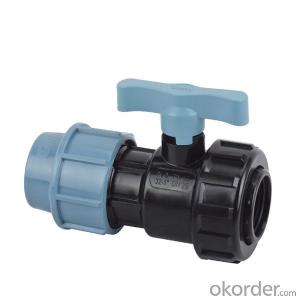Pitting On Stainless Steel
Pitting On Stainless Steel Related Searches
Stainless Steel Pitting Pickling Of Stainless Steel Stainless Steel Pipe Fitting Painting On Stainless Steel Sublimating On Stainless Steel Drilling Into Stainless Steel Stainless Steel Piping Painting Stainless Steel Piercing Stainless Steel Etching Stainless Steel Stainless Steel Piercing Casting Stainless Steel Stainless Steel Pickling Paste Annealing Stainless Steel Stainless Steel Stamping Drilling Stainless Steel Stainless Steel Coupling Sublimation On Stainless Steel Anodizing Stainless Steel Stainless Steel Etching Forging Stainless Steel Painting Of Stainless Steel Milling Stainless Steel Stainless Steel Piercings Engraving Stainless Steel Stainless Steel Drilling Scratches On Stainless Steel Stainless Steel Sheeting Steel Grinding Bits Drill Through Stainless SteelPitting On Stainless Steel Supplier & Manufacturer from China
Pitting on stainless steel refers to the localized corrosion that occurs when small holes or pits form on the surface of the material. This type of corrosion can significantly weaken the structural integrity of stainless steel components and is a common issue in various industries where stainless steel is used extensively. The occurrence of pitting can be attributed to factors such as chloride ions, crevices, and stress, which can lead to the breakdown of the passive oxide layer that protects the stainless steel from corrosion.In various industrial applications, pitting on stainless steel can pose significant challenges, particularly in environments where the material is exposed to aggressive chemicals or corrosive conditions. To mitigate the risk of pitting, it is crucial to select the appropriate grade of stainless steel for the specific application, ensuring that the material can withstand the corrosive agents it will encounter. Additionally, proper maintenance and inspection practices can help detect and address pitting issues before they lead to more severe damage or failure.
Okorder.com is a reputable wholesale supplier of pitting-resistant stainless steel products, offering a wide range of materials and grades to suit various application needs. With a large inventory and a commitment to quality, Okorder.com ensures that customers have access to the stainless steel products required to withstand the challenges of pitting corrosion. By partnering with Okorder.com, businesses can benefit from a reliable source of high-quality stainless steel materials, helping to safeguard their operations against the detrimental effects of pitting corrosion.
Hot Products

